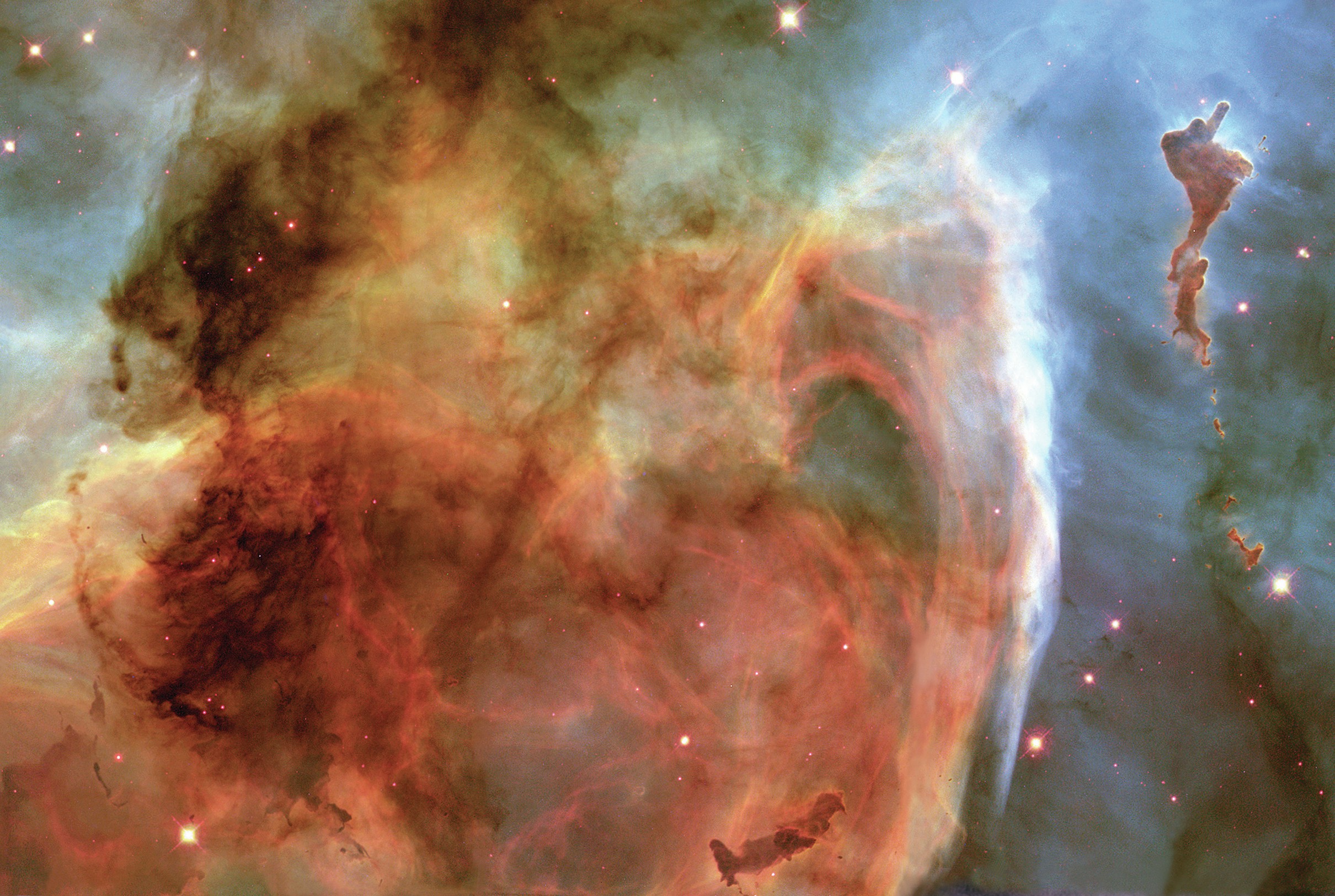
This article explains how nuclear fusion in the big bang and in stars has produced elements heavier than hydrogen, how Coulomb’s law affects nuclear fusion, and how resonance enables carbon to be made by fusion of helium.
On the wall of almost every science classroom in Britain, you will see the periodic table of the elements. The work that led to the creation of the periodic table was the triumph of nineteenth-century chemistry. The table showed that all substances could be broken down into atoms and classified as elements according to their chemical properties and the way that they react with other elements. But where do these chemical elements come from? Have they been around since the universe began or are they more recent? If we look at individual elements found on Earth, we find that some are rather cheap and commonplace, such as iron, silicon and aluminium, while others, like platinum, which currently costs around £1000 per troy ounce (about 30 grams), are rare and expensive. Some of this difference must be accounted for by details of geology and commercial usefulness of different elements, but it turns out that the abundances of elements we find on Earth are, with some exceptions, typical of the relative abundances of chemical elements in our solar system (Figure 1).
Your organisation does not have access to this article.
Sign up today to give your students the edge they need to achieve their best grades with subject expertise
Subscribe




